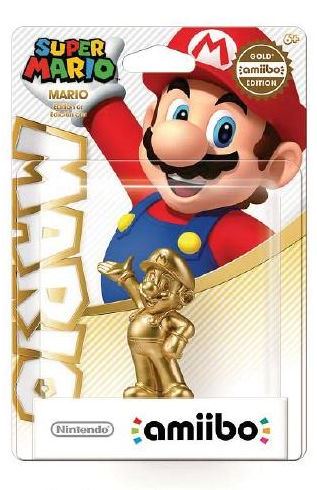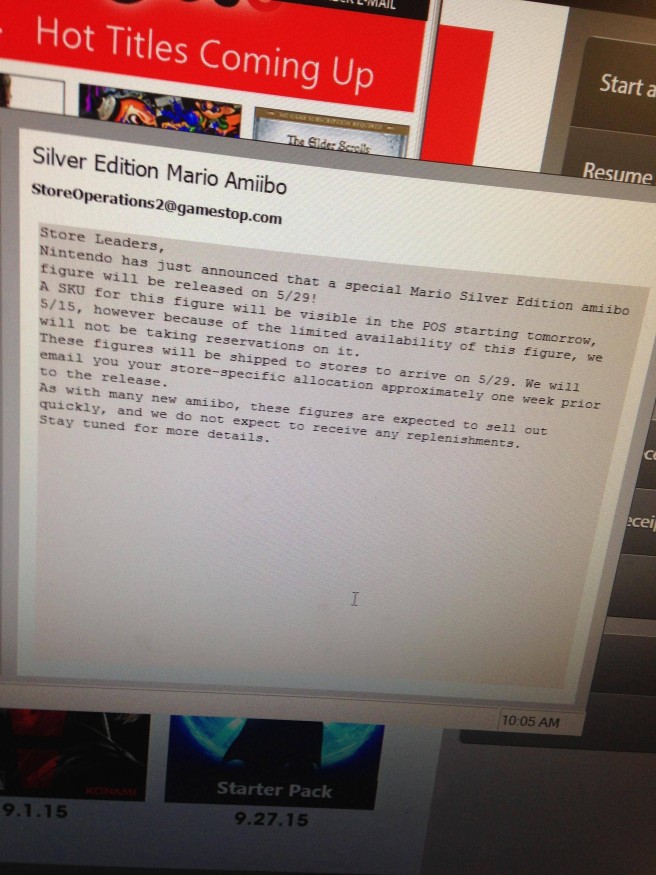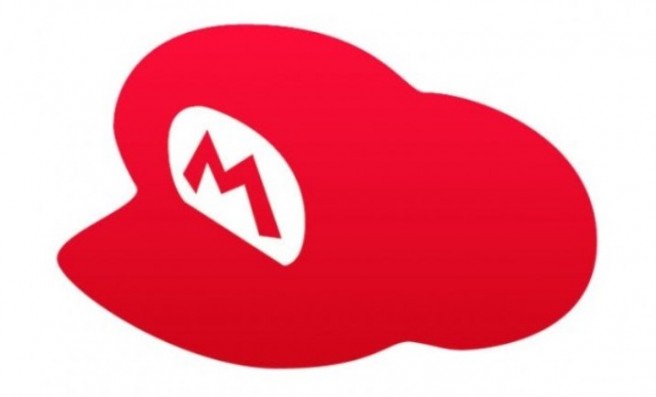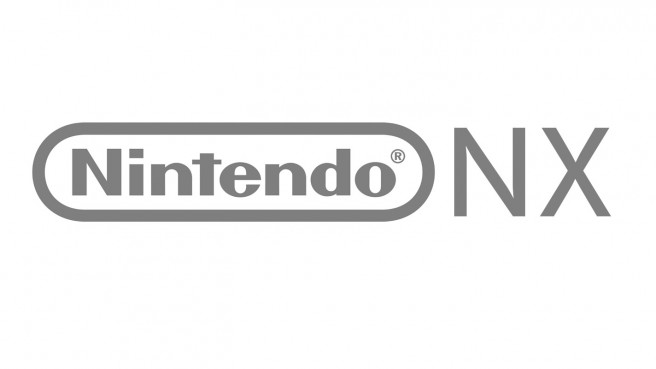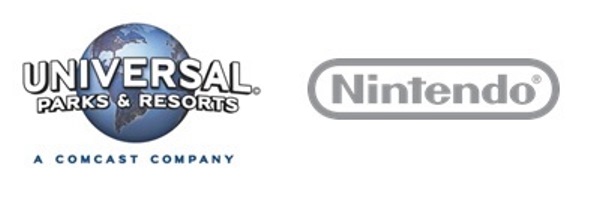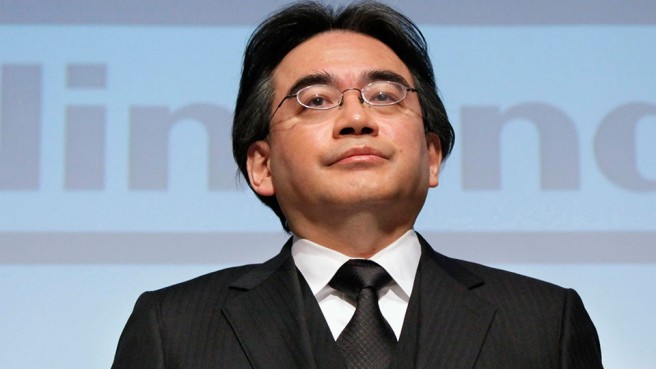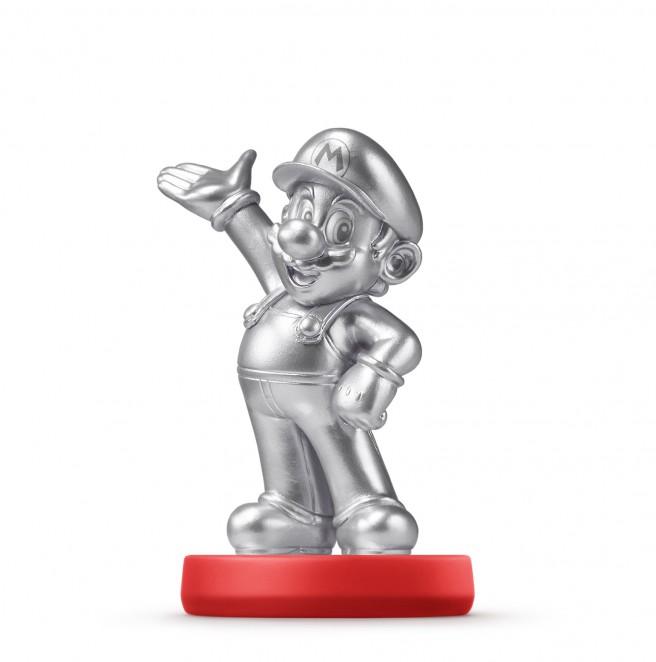Target selling gold Mario amiibo in AU/NZ, silver Mario at EB Games
Posted on 8 years ago by Brian(@NE_Brian) in General Nintendo, News | 0 comments
Nintendo has announced via one of its Twitter accounts that the gold and silver Mario amiibo will be sold in both Australia and New Zealand.
At Target, consumers will have an opportunity to nab the gold Mario. EB Games intends to sell the Mario – Silver Edition amiibo.
Note that both of these retailers will have “only a limited number available” of their respective figures. The Mario – Silver Edition amiibo launches on May 30, but there’s no word yet as to when the gold version is releasing.
Mario – Silver Edition amiibo launches 30/5 exclusive to @EBGamesAus in AU/NZ in limited quantities-1 per person(1/4) pic.twitter.com/ASRY137Sra
— Nintendo AU NZ (@NintendoAUNZ) May 14, 2015
Mario – Silver Edition amiibo launches 30/5 exclusive to @EBGamesAus in AU/NZ in limited quantities-1 per person(1/4) pic.twitter.com/ASRY137Sra
— Nintendo AU NZ (@NintendoAUNZ) May 14, 2015
We’re excited to be able to release these figures, but with only a limited number available,we appreciate your patience & understanding(3/4)
— Nintendo AU NZ (@NintendoAUNZ) May 14, 2015
Oh…and just in case, amiibo are not made of actual silver and gold. (4/4) pic.twitter.com/ZKpkmsNpwi
— Nintendo AU NZ (@NintendoAUNZ) May 14, 2015
More: Amiibo, Australia, New Zealand
Yo-Kai Watch Busters getting manga adaptation
Posted on 8 years ago by Brian(@NE_Brian) in 3DS, General Nintendo, News | 0 comments
Level-5 decided to take the “Busters” mode from Yo-Kai Watch 2 and turn it into its own game. Something similar is now taking place in manga form.
CoroCoro’s June issue is launching a manga adaptation of the Yo-Kai Watch Busters game. Level-5 is credited as the original creator, and Atsushi Ohba is drawing the series.
More: manga, Yo-Kai Watch Busters
GameStop not taking pre-orders for the Mario – Silver Edition amiibo
Posted on 8 years ago by Brian(@NE_Brian) in General Nintendo, News | 2 Comments
An internal notice from GameStop confirms that the retailer will not be taking pre-orders for the Mario – Silver Edition amiibo. Supply at the retailer is expected to be “limited”, and there will not be “any replenishments.”
If other retailers take pre-orders for the Mario – Silver Edition amiibo, we’ll be sure to let you know.
Iwata on challenges with smart device games, benefits, Nintendo’s IP strategy
Posted on 8 years ago by Brian(@NE_Brian) in General Nintendo, Mobile, News | 3 Comments
Satoru Iwata closed out the Q&A portion of Nintendo’s latest financial results briefing by further discussing the company’s smart device software strategy. Iwata was asked about how often titles will be released, and how long service will be obtained.
Here’s the full question from one of the investors:
In my mind, I already have a clear-cut image as to what will happen in a year or two from today, but I hope to be able to correctly understand your mid-term smart device software strategy. Although you emphasize that the aspect of “service” is stronger with smart device games (as they, unlike packaged software for dedicated game systems, require constant content updates after release), we often see that some of them have shown temporarily good results immediately after their releases by climbing to the top of the download chart. On the other hand, as I hear what Mr. Iwata has said so far, I feel as if the company is willing to increase the relevant revenue gradually over a long time. Does your strategy involve constantly releasing three or four titles every year or will you limit the total number of titles to be released to around at least five at the start and maintain the service operations for such limited number of software for five or even 10 years in order to steadily increase the revenue?
Iwata’s complete response – covering Nintendo’s smart device plans and related benefits, plus IP strategy – is posted below.
More: Satoru Iwata, top
Iwata on Nintendo’s new membership service, decision to replace Club Nintendo
Posted on 8 years ago by Brian(@NE_Brian) in General Nintendo, News | 15 Comments
For many years, Nintendo used Club Nintendo as its primary membership service. That’s finally coming to an end this year, and DeNA is being brought in to come up with something brand new.
During last week’s financial results briefing, Nintendo president Satoru Iwata offered up a lengthy explanation as to why the company is finally doing away with Club Nintendo. Read on below to check out what was shared.
So far, Nintendo has built its official website, started the Club Nintendo membership service, made its dedicated video game systems network compatible, started Miiverse and has constructed other online services one at a time. When we constructed each one of them, we were trying to create a certain solution to achieve a certain goal or to address to a certain issue. In other words, we did not have an overall vision as to what the final and comprehensive format should be like and, as a result, we cannot say each of these services was connected to one another in an ideal way. Also, when we were designing them, we did not have the idea of building a bridge between smart devices and dedicated video game systems and, at least five years ago, we could not foresee that smart devices would have increased in significance to be the dominant window through which consumers connect with one another and society. When we look at Nintendo’s current network services from this perspective and others, they look like patchwork. They are not ideally designed for user convenience, and when we try to improve one, we have to modify not only the portion directly related to that service but also other seemingly unrelated components, so it cannot be done easily. In other words, we have many ideas that we would like to realize but we have not been able to execute them as smoothly as we had hoped.
More: DeNA, Satoru Iwata, top
Iwata’s full comments on NX, what Nintendo isn’t showing at E3 2015
Posted on 8 years ago by Brian(@NE_Brian) in 3DS, General Nintendo, News, Switch, Wii U | 20 Comments
Unofficial translations came up over the past few days regarding what Nintendo has in store for its new system codenamed “NX”. Nintendo has now put up a translation of its own, which has a slightly fuller response.
Of course, CEO Satoru Iwata made sure to withhold major information, but he did say that it’s not intended to be “a simple ‘replacement’ for Nintendo 3DS or Wii U.” Nintendo is also “taking into consideration various factors, including the playing environments that differ by country.”
Head past the break for Iwata’s full comments on NX, plus what Nintendo won’t be showing at E3 (posted on the site previously).
More: Satoru Iwata, top
Iwata on how Nintendo chooses partners, more on the Universal deal
Posted on 8 years ago by Brian(@NE_Brian) in General Nintendo, News | 0 comments
Over the past few months, Nintendo has announced a couple of key partnerships. The company has teamed up with DeNA for smart device games and a membership service, and Universal for theme park attractions.
So how does Nintendo go about choosing partners anyway? President Satoru Iwata shared a lengthy explanation, which you can find below. Iwata also touches more on how the Universal deal came together.
More: Satoru Iwata, top
Iwata on generating “Nintendo-like profits”, smart device business, preparing initiatives/changes for dedicated games business
Posted on 8 years ago by Brian(@NE_Brian) in General Nintendo, Mobile, News | 1 Comment
Returning to “Nintendo-like profits” is something that often tends to be discussed at the Big N’s financial results briefings. The general thought is that by reaching that mark, Nintendo would be bringing in an operating income of over 100 billion yen.
One investor asked about reaching “Nintendo-like profits” during the Q&A portion of the company’s financial results meeting last week after it was announced that Nintendo’s operating income target for this fiscal year is 50 billion yen. Check out what president Satoru Iwata had to say below. In addition to discussing “Nintendo-like profits”, Iwata also commented on what’s in store for the smart device business, and teased preparing initiatives/changes for the dedicated games business “to make changes to some of the elements that are currently not working so well.”
Firstly, we base our thinking regarding profits for the next fiscal year on generating those that can be seen as typical of Nintendo, just as you mentioned. As investors should determine “Nintendo-like profits,” I believe it is inappropriate for me to explain in public what level of profit this should be. However, many assess that generating an annual operating income of 100 billion yen can be considered a “Nintendo-like profit structure.” As such assessments have been made, we will structure our plans for the next fiscal year to reach such a level. For the fiscal year that just ended in March 2015, we positioned it to be the year to balance revenue and expenses, and we managed to accomplish this. We set our financial forecasts taking into consideration the steps we should take this fiscal year if we are to aim for “Nintendo-like profits” in the next fiscal year.
More: Satoru Iwata, top
Over 5,300 Meta Knight amiibo listed for one Best Buy distribution center, restock looking likely
Posted on 8 years ago by Brian(@NE_Brian) in General Nintendo, News | 2 Comments
It’s looking very likely that Best Buy is planning a restock of the Meta Knight amiibo. Over 5,300 units of the figure have been listed for one of the retailer’s distribution center, which should mean that additional stock will be making its way to stores sometime in the future. We’ll keep you updated on the situation as it develops.
Nintendo finally confirms the Mario – Silver Edition amiibo, out May 29
Posted on 8 years ago by Brian(@NE_Brian) in General Nintendo, News | 1 Comment
Following a number of leaks, Nintendo has finally confirmed the Mario – Silver Edition amiibo. The figure is launching in North America on May 29 as expected for $12.99. Mario – Silver Edition amiibo will be sold at all stores.
Nintendo noted in its announcement today that this latest figure “will have the same functionality and work with all games that are compatible with Mario amiibo.”
Source: Nintendo PR
